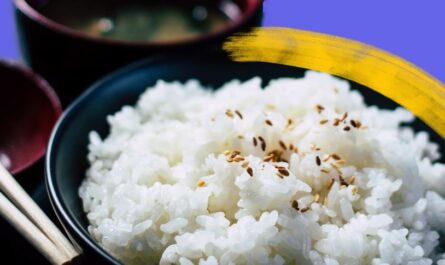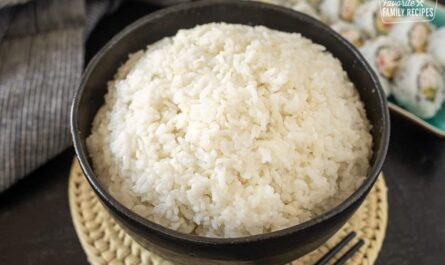In the vibrant tapestry of Japanese cuisine, few elements are as iconic and as deeply symbolic as sushi rice. This humble grain is not merely a component of a dish; it carries with it a profound significance that extends beyond the palate. Understanding the sushi rice symbolism provides insight into the cultural and historical nuances that make Japanese culinary arts so captivating.

The Essence of Sushi Rice
Sushi rice, known in Japan as shari or sumeshi, is a key ingredient that holds the sushi together and brings out the flavors of the fish. It is prepared with utmost care, seasoned with a mixture of vinegar, sugar, and salt to enhance its flavor profile. But why is sushi rice so significant?
The Historical Roots of Sushi Rice
The history of sushi rice is as rich as its flavor. Originating in Southeast Asia, the practice of fermenting rice with fish dates back to the 2nd century. This ancient method of preservation evolved over centuries into the culinary art form we recognize today as sushi. Read more about its origins.
Cultural Significance
In Japanese culture, rice is more than just food; it is a symbol of sustenance and prosperity. The preparation of sushi rice is an art form, reflecting a balance of flavors and a deep respect for natural ingredients.
Symbolic Interpretations
The symbolism of sushi rice encompasses a range of interpretations, from spiritual to practical aspects of life. Here are some of the key symbolic meanings associated with sushi rice:
Purity and Simplicity
In its purest form, sushi rice represents simplicity and purity. The clean, subtle flavor of the rice allows the other ingredients to shine, embodying the Japanese aesthetic of minimalism and elegance.
Unity and Harmony
The harmonious blend of rice and vinegar symbolizes unity and balance. This reflects the Japanese philosophy of living in harmony with nature and others.
Prosperity and Good Fortune
Rice is a staple in Japanese households and is often associated with abundance and prosperity. Sushi rice, being a refined form of this staple, carries the symbolism of good fortune and success.
The Role of Sushi Rice in Japanese Celebrations
During festive occasions and celebrations, sushi rice takes center stage. Its preparation and presentation are seen as acts of devotion and respect, making it a vital part of traditional ceremonies.
Traditional Methods of Preparation
The method of preparing sushi rice is steeped in tradition. Each step, from washing the grains to seasoning them, is performed with precision. This meticulous approach is a testament to the cultural importance of sushi rice. Discover traditional methods here.
Modern Interpretations
While traditional methods are revered, modern interpretations of sushi rice continue to evolve. Chefs around the world are experimenting with different flavors and techniques, expanding the boundaries of what sushi can be.
Fusion Cuisine
Sushi rice has found its place in fusion cuisine, where it is paired with non-traditional ingredients like avocado, cream cheese, and even fruits, creating a new wave of sushi that attracts diverse palates.
Health and Nutrition
In modern times, sushi rice is also appreciated for its nutritional benefits. It is a source of carbohydrates that provide energy, and when combined with fresh fish, it becomes a balanced, healthy meal. Learn about the nutritional value of rice.

FAQs
What makes sushi rice different from regular rice?
Sushi rice is specially prepared with vinegar, sugar, and salt, giving it a unique flavor and sticky consistency that is essential for sushi making.
Why is sushi rice considered symbolic in Japan?
Sushi rice symbolizes purity, unity, and prosperity, reflecting the values and aesthetics of Japanese culture.
Can sushi be made with other types of rice?
While other rice types can be used, traditional sushi rice is preferred for its texture and flavor, which are crucial for authentic sushi.
This article contains affiliate links. We may earn a commission at no extra cost to you.




